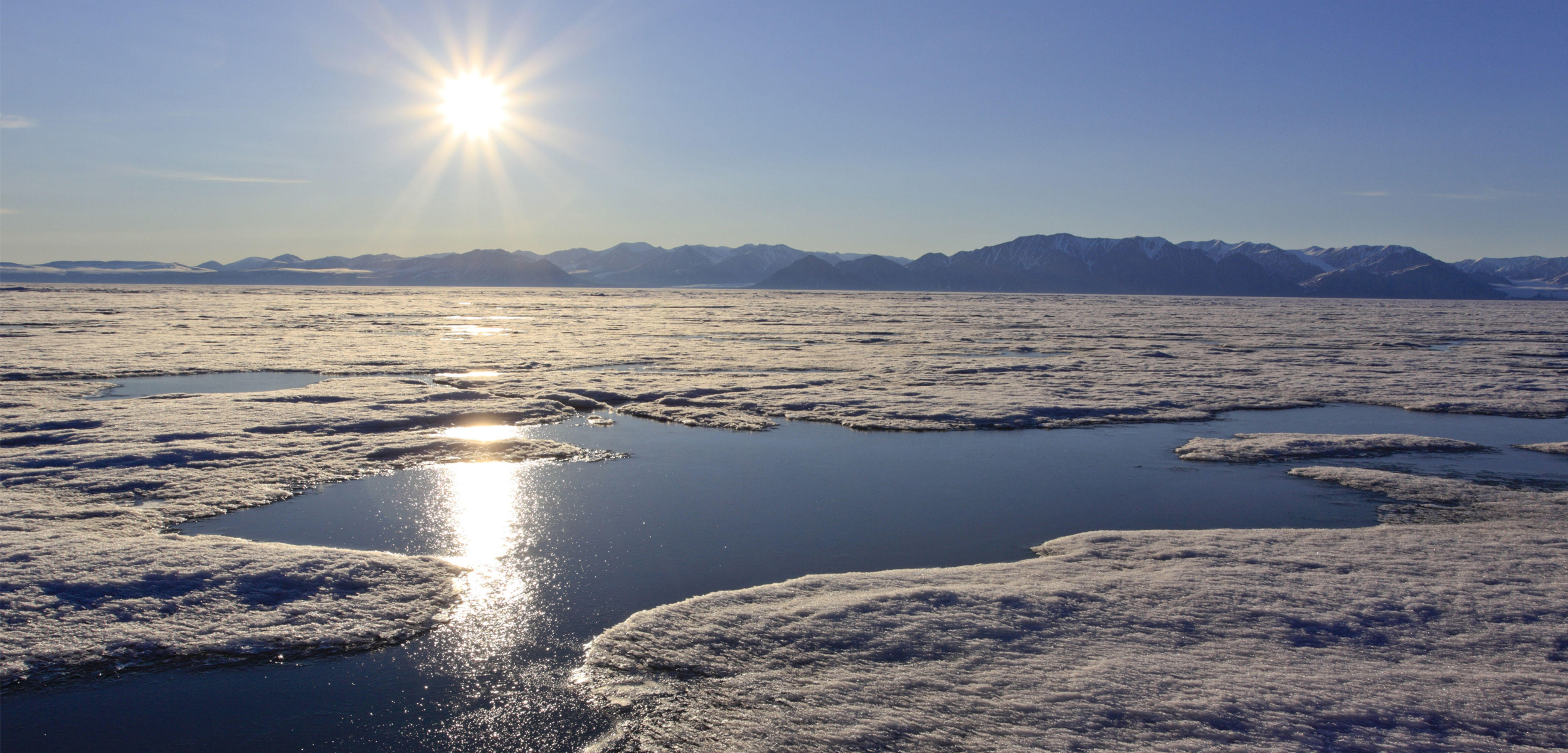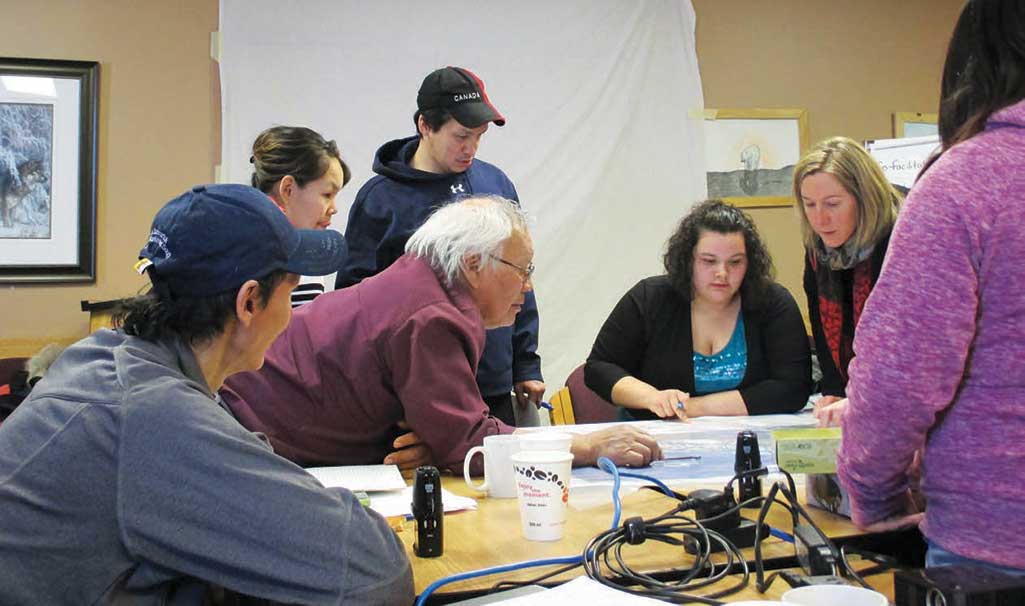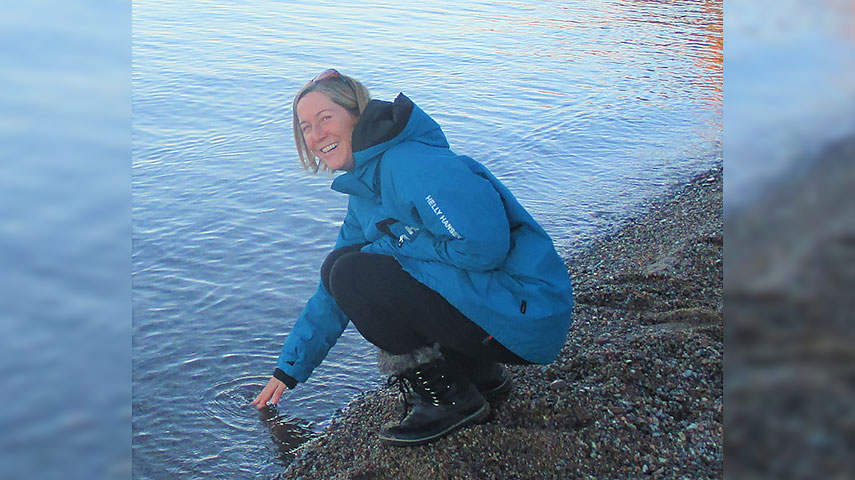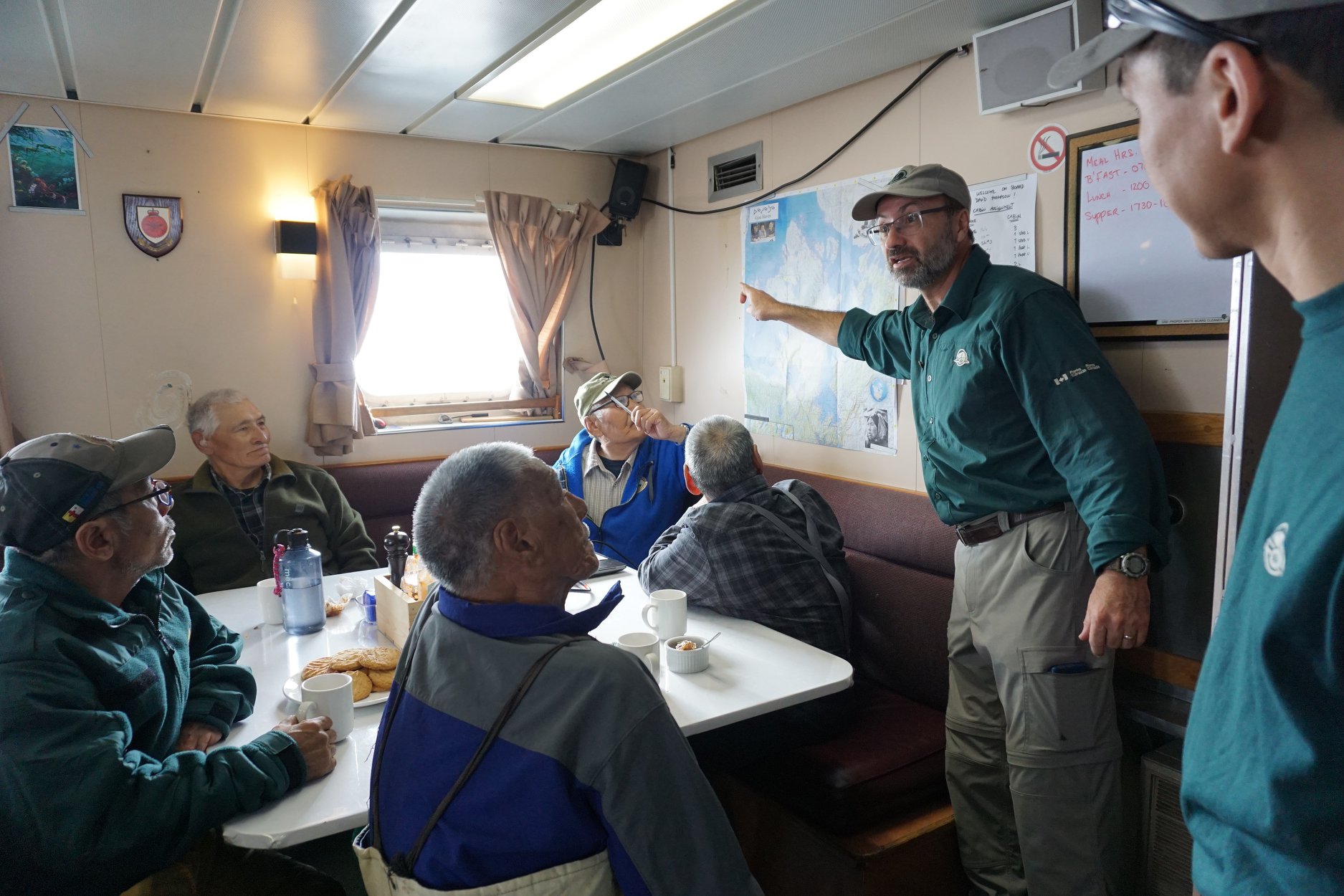Research Spotlight: Dr. Jackie Dawson
– Dr. Jackie Dawson
Dr. Jackie Dawson, Canada Research Chair in Environment, Society, and Policy and Associate Professor in the Department of Geography, Environment, and Geomatics at the University of Ottawa, is studying the human and policy dimensions of environmental change in ocean and coastal regions. Dr. Dawson contributes to Clear Seas through her involvement in the Research Advisory Committee.
Considered a national and international expert in Arctic marine transportation, Indigenous community development, and oceans governance, Dr. Dawson’s research on low-impact shipping corridors and the northern voices governing marine transportation in the Canadian Arctic is providing timely insights into an emergent area of study.
Interview
Tell us about a project you are currently working on.
One of the more interesting projects that we are working on is a low-impact shipping corridors study that the Government of Canada has established.
The Canadian Arctic is lacking in infrastructure and services and, in fact, the vast majority of the Arctic Ocean is not properly charted. It’s a challenging place for ships to navigate. So, one of the fantastic initiatives that the Government of Canada, led by Transport Canada, the Canadian Hydrographic Service and the Canadian Coast Guard, has put together in this region is low-impact shipping corridors.
Low-impact corridors are voluntary shipping lanes where services, hydrography, soundings and infrastructure are prioritized and where mariners know they can access those services and important navigational information. The Government of Canada is creating low-impact shipping corridors across the Canadian Arctic as there is currently no way the Government could provide these services throughout the entire Canadian Arctic. It just wouldn’t be feasible.
Our team is working with the Canadian Coast Guard to analyze ship traffic through the Arctic regions of Canada. The overarching aim of the study is to infuse Inuit voices into the implementation and management of those corridors.
What are the objectives of the study?
The objectives of the study are to:
- Evaluate historic shipping trends in the Canadian Arctic since 1990
- Identify culturally significant marine areas
- Evaluate the overlap of ship traffic with culturally significant marine areas
- Infuse Inuit knowledge and recommendations into placement and management of low-impact shipping corridors
How do you anticipate your research being applied?
This research is being taken up by the Canadian Coast Guard, Transport Canada and the Canadian Hydrographic Services to support their decision making. The outputs of our research provide evidence and facts for Government to then make decisions. The data that we’ve collected is going to help to reprioritize and adapt the corridors based on local peoples’ opinions and needs.
One of the best examples I can give is from Pond Inlet, Nunavut. Right outside of the community, there is a clam bed at the bottom of the ocean floor. The community of Pond Inlet would like there to be a no-anchoring guideline for the time of year when the clams are breeding. The shipping operators I have talked to say they are more than happy to respect that guideline, it’s just a matter of knowing what time of year that is and where they shouldn’t anchor.
Our research is going to be used by shipping operators and government agencies in their decision making and is meant to ensure that the local peoples’ knowledge and culturally significant marine areas are respected by mariners within the corridors.
What is the key message of the study?
Governing shipping in the Arctic is extremely complex and it requires collaboration and respect.
I think we have the chance in Canada to be world leaders on Arctic shipping governance. We are already on that trajectory, but we will only achieve that by working together. That includes federal government agencies, Inuit land claim organizations, local communities, scientists and academics and the shipping industry itself.
When can we expect this project to be complete?
Not anytime soon. This project started with funding for two coastal communities and then it took on a life of its own and we got asked by many more communities to do this work. We are now working with twelve communities across the Canadian Arctic to understand their needs for the corridors and the project is ongoing. We are continually pumping out community reports, recommendations, papers and soon a website.
How was this research funded?
Originally this research was funded by the Marine Environment Observation Prediction and Response (MEOPAR) Network and Irving Shipbuilding. However, since then we have received funding from several additional agencies and organizations that are supporting our work. They include:
- Nunavut General Monitoring Program
- Nunavut Research Institute
- Transport Canada
- Department of Fisheries and Oceans Canada
- Government of Ontario
- Oceans North Canada
- Ikaarvik: Barriers to Bridges
What do you wish everyone knew about your research?
I wish everyone knew how amazing the whole team is. This project is based on a foundation of collaboration and respect and I think it doesn’t matter what research you’re doing, if you don’t have that you don’t have anything. We have such an amazing team of researchers, and that includes community researchers from Arctic communities. Through this project we’ve trained almost forty Inuit researchers, many of whom are Inuit youth in communities, and then we hire them to work with us. Now they are going on to do other science projects. It is really important that local people have this skill set and autonomy to direct their own research agendas.
What do you wish everyone knew about commercial marine shipping?
I wish everybody knew how important the industry is. I think it’s an invisible industry and that people don’t really realize how much it touches their lives. The reason people have affordable goods is shipping.
The other really big thing that people don’t realize is that marine shipping is actually one of the most environmentally friendly forms of transportation and global trade.
What inspires you to do this work?
I’m an applied scientist and I get motivated by the opportunity to solve real world problems. I’ve been working in the Arctic for a long time and the people in the Arctic that live and breathe what’s going on there tell me that shipping is one of their main concerns. So, what inspires me to do this work is the ability to produce high quality, good research that responds to identified needs with real world consequences.
Arctic Corridors – An Overview from Skylarc Pictures on Vimeo.
Where can we learn more?
You can learn more about our team and research by visiting the University of Ottawa’s Environment, Society and Policy Group’s website. In the near future, you will also be able to check out our new interactive website on Arctic corridors. The website will provide accessible and usable data as well as a mapping portal and can be found at: www.arcticcorridors.ca
More about Dr. Dawson:
Jackie Dawson has served on two Council of Canadian Academies’ Expert Panels focused on the risks and social and economic values of marine shipping in Canada. She was recently elected as a member of the prestigious College of the Royal Society of Canada and the Global Young Academy and is also a Fellow of the Royal Canadian Geographic Society. She currently co-chairs the Societal and Economic Research Applications working group for the World Meteorological Organization’s Polar Prediction Project. Dr. Dawson’s research has real world relevance and has been previously used to inform federal, territorial, and local level policy related to Arctic shipping governance; has been used as a basis for recommendations appearing in an Auditor General of Canada report on Arctic navigation; and has appeared in several Arctic Council science reports.
#clearfacts #shippingmatters
Last modified on July 25, 2018




